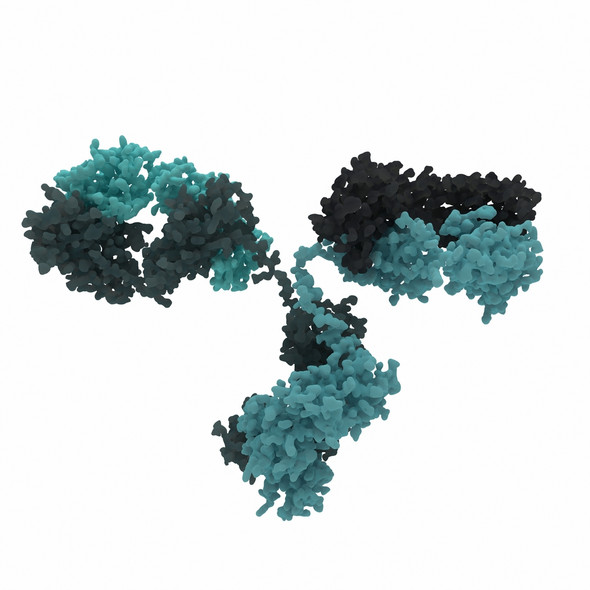Description
MOUSE ANTI-INFLUENZA B ANTIBODY (YB91)
Mouse anti Influenza B antibody is suitable for the detection of Influenza B virus. The antibody does not cross react with Adenovirus or Respiratory Syncytial virus.
PRODUCT DETAILS – MOUSE ANTI-INFLUENZA B ANTIBODY (YB91)
- Mouse anti-Influenza B monoclonal IgG2 antibody (clone YB91).
- Greater than 95% purity by SDS-PAGE and buffered in PBS, pH7.4.
BACKGROUND
Influenza viruses are enveloped, segmented, negative-sense, single-stranded RNA viruses of the Orthomyxoviridae family. There are three genera of influenza virus that are clinically relevant to humans, these are influenza A, B and C. Influenza A and B virus genomes each comprise eight negative-sense, single-stranded viral RNA (vRNA) segments, while influenza C virus has a seven-segment genome.
Influenza A viruses circulate worldwide are the most virulent human pathogens among the three influenza types and are the predominant cause of seasonal and pandemic influenza (Bouvier, NM). Influenza B viruses also circulate worldwide and cause seasonal influenza in temperate climates. However, Influenza B viruses are more stable than Influenza A viruses, and are grouped into two lineages B/Yamagata and B/Victoria (CDC).
In healthy individuals, Influenza B causes a self-limiting respiratory illness. However, Influenza B can cause severe illness and hospitalization in the young, the elderly and high-risk patients. Transmission of the virus from human to human is predominantly via contact with airborne droplets containing virus, from an infected individual. It can also be spread through contact with contaminated hands or surfaces.
Effective vaccines are available for individuals at risk of developing severe disease, but vaccinations need to be developed and administered annually due to the evolving nature of the Influenza virus. Quadrivalent vaccines, that include two subtypes of Influenza A and B, are replacing trivalent vaccines in an attempt to provide greater protection against Influenza B virus infections (WHO)
REFERENCES
- Bouvier, N.M. and Palese, P. (2008). The Biology of Influenza viruses. Vaccine.26(Suppl 4): D49–D53.
- Center for Disease Control and Prevention: Influenza type A viruses
- World Health Organization: Influenza (seasonal)













